Tokyo versus Osaka. The Giants versus the Tigers. The ultra-modern capital versus the food capital of the nation. Time and time again, Japan’s two largest metropolitan areas have been compared with each other by both foreigners and locals alike, with no definitive conclusion as to which is better.
But if you’re travelling to Japan for the first time, which should you go to first? Today, we’ll look at some of the similarities and differences between the two cities so that you can make that choice for yourself.
Alternatively, why not forego the tough decision-making process and visit both cities instead if you have more than a week to spare? This should leave you with plenty of time to split your vacation between them, without having to rush through the sights and sounds! If you’re unsure of how to start planning for it, leave it to JTB, one of the most reputable experts on Japan, to sort it out for you with their plethora of curated tour packages.
1. History
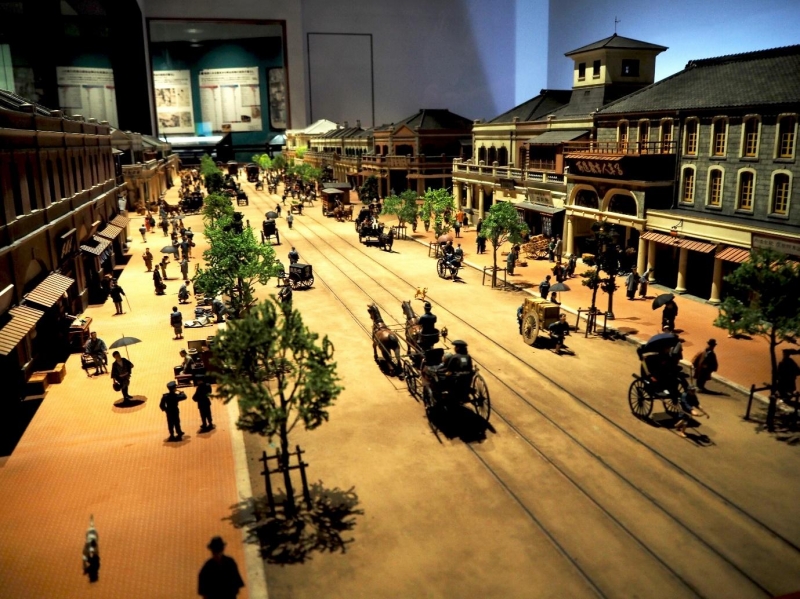
A glimpse of Tokyo’s past
Here’s a little historical and geographical context before we delve further into other comparisons. Japan is generally divided into two: Eastern Japan (the top half) and Western Japan (the bottom half), with Tokyo being in Eastern Japan and Osaka being in Western Japan.
In the time before the Edo period, which was the period just before Japan’s modernisation (1603 to 1868), the home of the emperor — which was in modern-day Kyoto in Western Japan — was considered to be the country’s capital. When the Shogunate gained ruling power from the emperor during the Edo period, Tokugawa Ieyasu, the first Shogun, moved the country’s capital from Kyoto to Tokyo, then called Edo (hence the name of the time period). After surviving a terrible earthquake (1923) and severe war-time fire-bombings (1942, 1944 to 1945), Tokyo till this day remains the capital of the country.
With the start of the Shogunate rule came a period of national seclusion from the world around it. As a result, Osaka quickly developed into a merchant area where traders from all over the country would go to. Osaka thus earned the name tenka no daitokoro, or “the kitchen of the nation”.
2. People
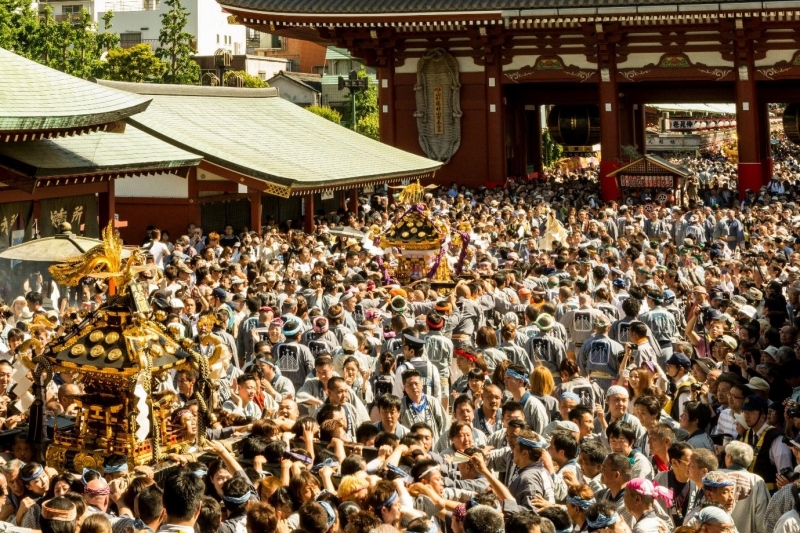
Tokyoites soaking up the festivities at Sanja Matsuri | Image credit: Yoshikazu TAKADA
It is said that people from Osaka are generally warm and friendly — due partly to their history as a merchant city. Osakans are also more practical (maybe even shrewd) and down-to-earth, being less formal and more direct in their speech, and are not averse to having a good time.
Tokyoites, on the other hand, tend to favour keeping in with the crowd and not sticking out. As a result, one may feel that they are not as sociable and easy to reach out to. This is probably due to Tokyo’s history as a capital, where the ruling classes often frequented as required by the shogunate. The stressful, fast-moving pace of modern city living could also play a part in this. Nonetheless, people from Tokyo are known to be polite and efficient at keeping the society moving like a well-oiled machine.
3. Attractions
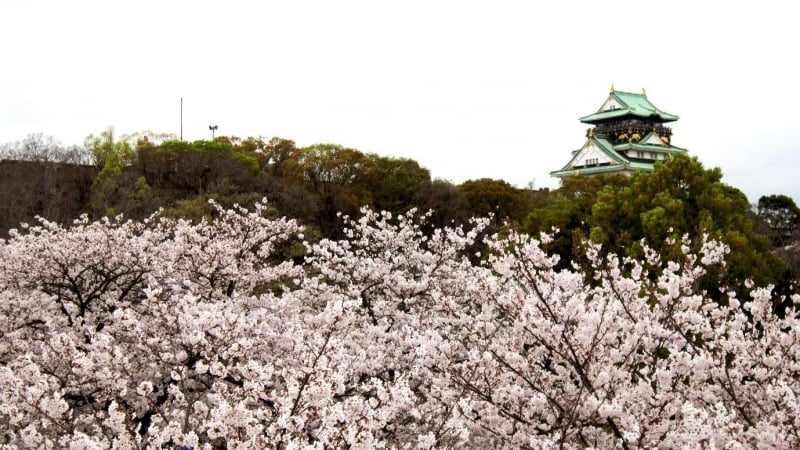
Osaka Castle, one of Osaka’s most iconic monuments
While Tokyo and Osaka each have their fair share of modern and traditional attractions and activities, differences do arise partly due to the history of these two cities. Osaka’s Dotonburi, a lively shopping street full of street eats and souvenir shops may be comparable with Tokyo’s Ameyoko, though the latter came about in part from America’s occupation of Japan during the post-war period. Again, Osaka’s Tsutenkaku is akin to the Tokyo Tower yet each site has its own unique history, the former an echo of a defunct amusement park.
With neighbouring cities like Kyoto, Nara, and Kobe just a short train ride away, there’s much to see around Osaka as well. Not to be outdone, cities around Tokyo such as Yokohama and Kamakura also offer alternative experiences if a break is needed from the big city.
4. Accessibility
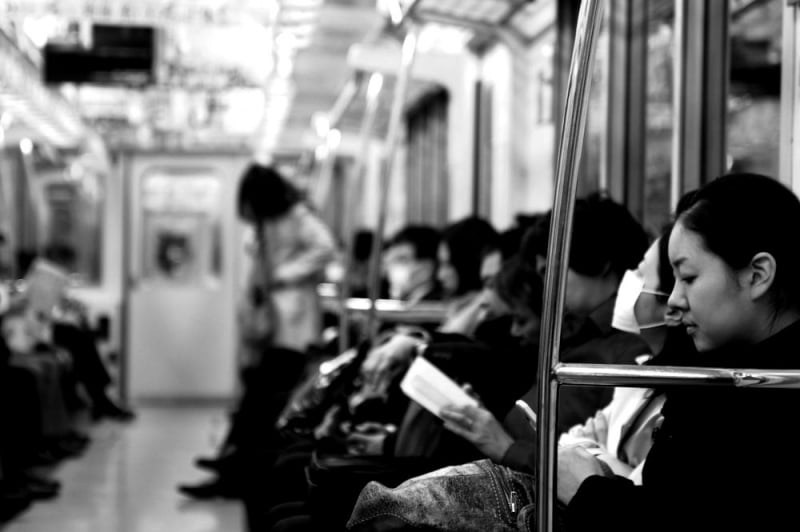
Train rides in Tokyo and Osaka are two different experiences altogether | Image credit: credit_00
Being the modern capital city that it is, Tokyo’s well-developed and (overwhelmingly) intricate subway system makes commuting between attractions a breeze. Moreover, most of the major attractions are located along the Yamanote line, making travelling along it an easy day-trip. You can also stay overnight if that’s more to your liking. There’s also a range of passes for various transport options, such as the JR East Rail Pass, which allows for unlimited train and bus rides for a set number of days. If walking is your thing, major attractions like Asakusa, Shibuya, and Akihabara are also a nice 10 to 20-minute walk from each other.
If you’re going to visit Osaka, you’d also want to visit its neighbouring cities, and that isn’t a problem with all the train lines connecting them for easy access. The distance between attractions, however, may require a bit of extensive walking or more than one bus ride as compared to Tokyo. Both Osaka and Kyoto have a wide range of transport passes to choose from, so take advantage of them!
5. Food
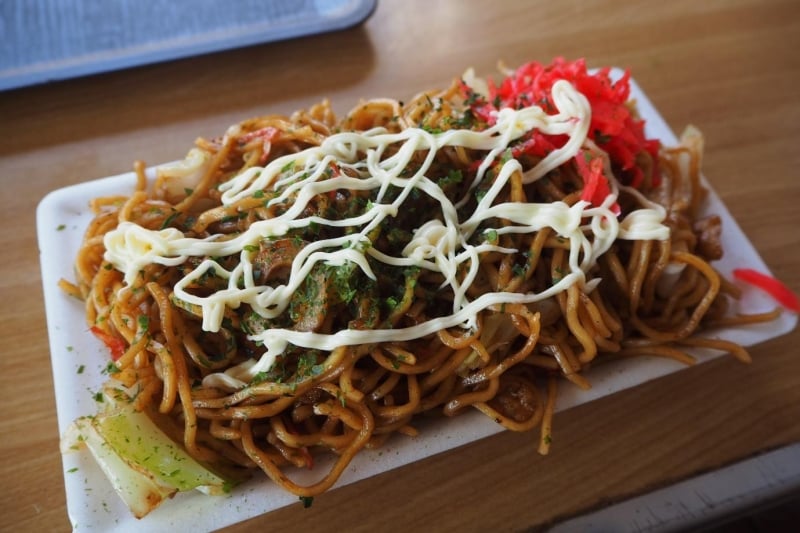
No matter if you’re in the East or West — Yakisoba is still the best (or at least it is to me)
Due to the differences in history and readily-accessible resources, Osaka and Tokyo each have their own unique styles of cooking and signature dishes. While foods such as bento and donburi are readily available in both cities today as a result of modern-day refrigeration and easy transportation of foods across the country, there still remain differences that help define each city’s identity.
Soup for noodles in Tokyo, for example, is darker and has a richer taste thanks to the use of Katsuo or dried bonito flakes, while soup in Osaka tends to have a lighter taste as Konbu or Seaweed is used instead. While you may find Okonomiyaki in Tokyo (though it is largely associated with the Kansai region), Tokyo has a similar dish known as the Monjayaki, which isn’t easily found in Osaka.
Since flavour is subjective, it won’t be easy to lay down which city excels here in terms of food. But if you must know, shops in Tokyo sell more soba, while shops in Osaka sell more Udon. Now take your pick.
6. Climate
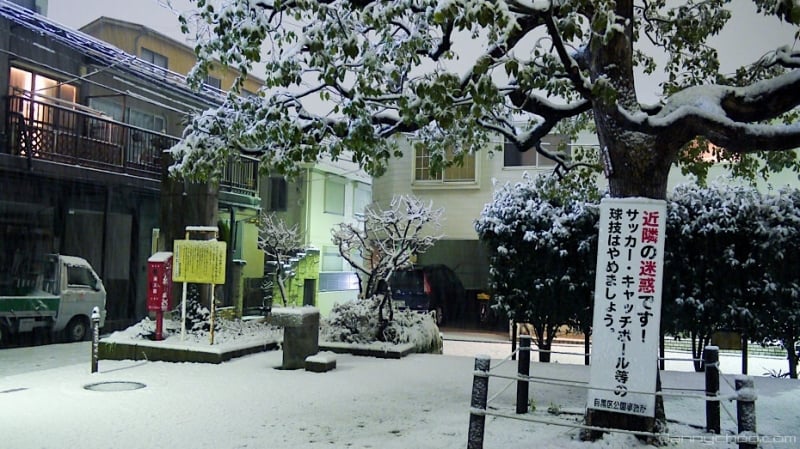
Image credit: Danny Choo
Generally, the further up north you are in Japan, the cooler it gets. Case in point: Okinawa is hot all year round, while Hokkaido gets quite cold in the winter. With that said, Tokyo on an average is usually cooler than Osaka, and in the winter, the probability of snowfall is slightly higher in Tokyo than it is in Osaka. Summer in Osaka’s neighbouring city Kyoto, however, is said to be extremely humid and unpleasant, while the winter season is frigid due to it being in the midst of a mountainous region.
It’s still best to check on the weather before your trip, though. Weather changes can occur unexpectedly, so knowing what to expect can help prevent some unpleasant surprises.
7. Language
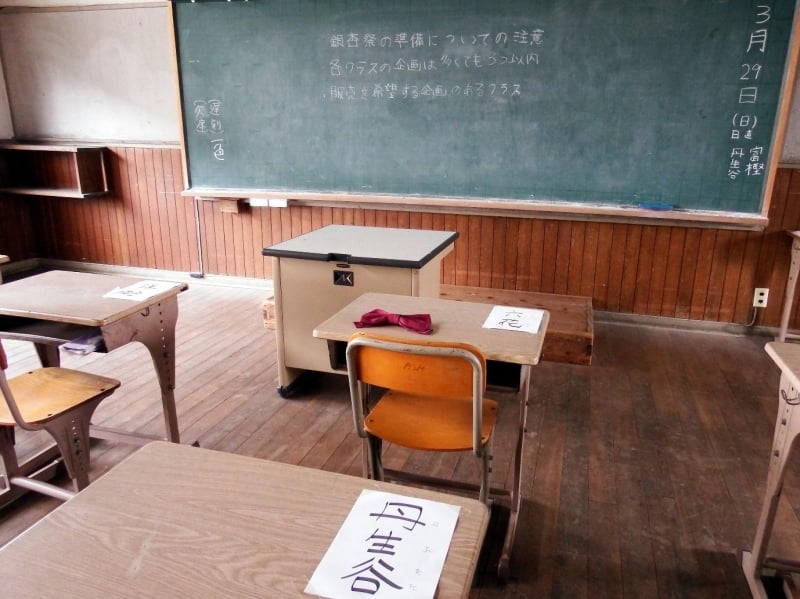
Image credit: : : Ys [waiz] : :
While this variant has been used as a standard for communication across Japan, other dialects of the language also exist across the country, Osaka included. Osaka ben is one of the more well-known dialects of Japanese (aside from standard Tokyo ben), so if you’re planning to head to Osaka, it might be good to learn some of it before you head there. It’s always an advantage to know the language spoken in an area, to better connect with the locals. Thanks to the Internet, you can start learning Tokyo ben or Osaka ben with a couple of Google searches and a few clicks.
8. Other Differences
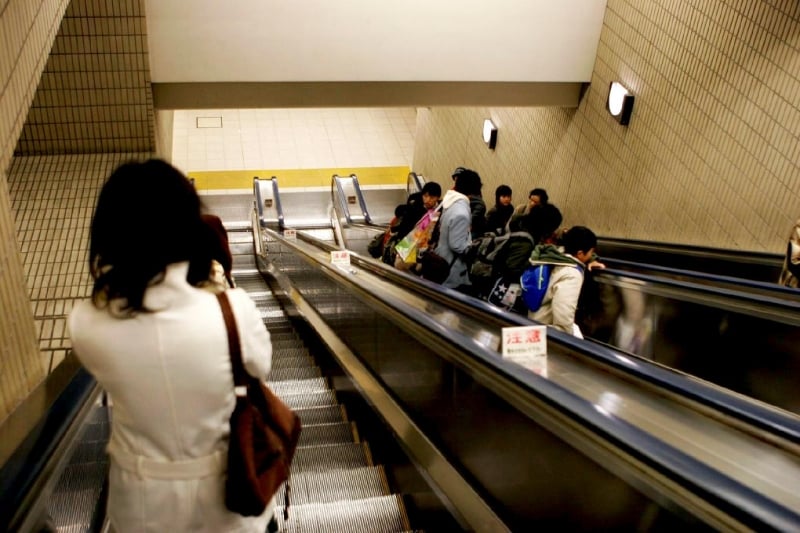
This definitely does not happen in Osaka | Image credit: mrhayata
Here’s how to tell if someone is from Tokyo when you’re in Osaka — if they stand on the left side of the escalator. Definitely one of the few obvious differences between the two cities is that people stand on opposite sides of the escalator, with Osakans keeping to the right and Tokyoites keeping to the left. Most people think of it as a small difference, until it sticks out like a sore thumb (which isn’t really a good thing in Japanese society).
My personal take
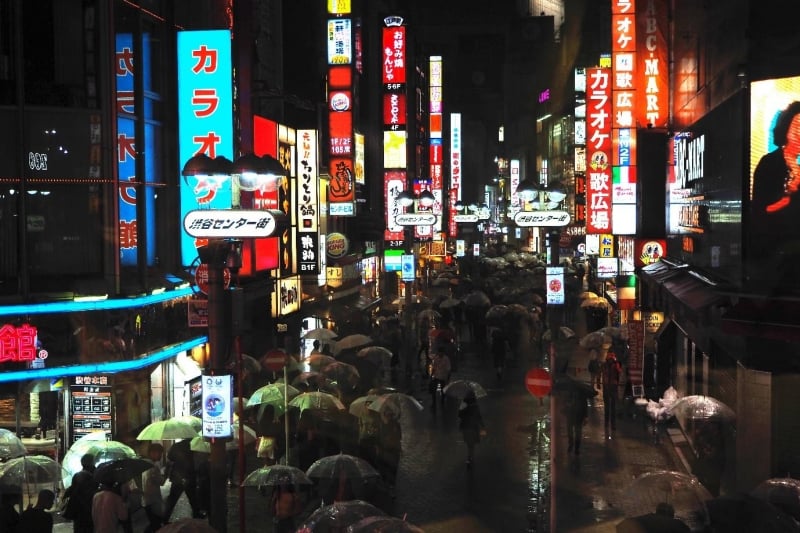
Off the bat, I do have a bias toward the Kansai region, it being the first region of Japan I went to. The friendly, welcoming people there have definitely helped me to fall in love with the vibrant cities of Osaka and Kyoto, and I’d recommend them as they can offer the best of both worlds that Japan can offer — its rich culture and tradition, as well as its high-tech modernity.
That said, Tokyo wins in terms of ease of access. I really enjoyed being able to visit all of its major attractions easily via the extensive subway system. Most of Japan’s icons (think the Tokyo Tower, the giant lanterns at Asakusa, the life-sized Gundam statue, Akihabara, Shibuya Scramble Crossing) are also in Tokyo, so going there would definitely help to tick off those bucket list items.
Wherever you plan to go, though, always remember to take the good with the bad and make the best of whatever situation you’re in. If you’re still undecided on which city to visit, the other is always just a short plane/shinkansen/train/night coach ride away!
Also read: 5 Cherry Blossom Viewing Spots in Osaka and Kyoto




